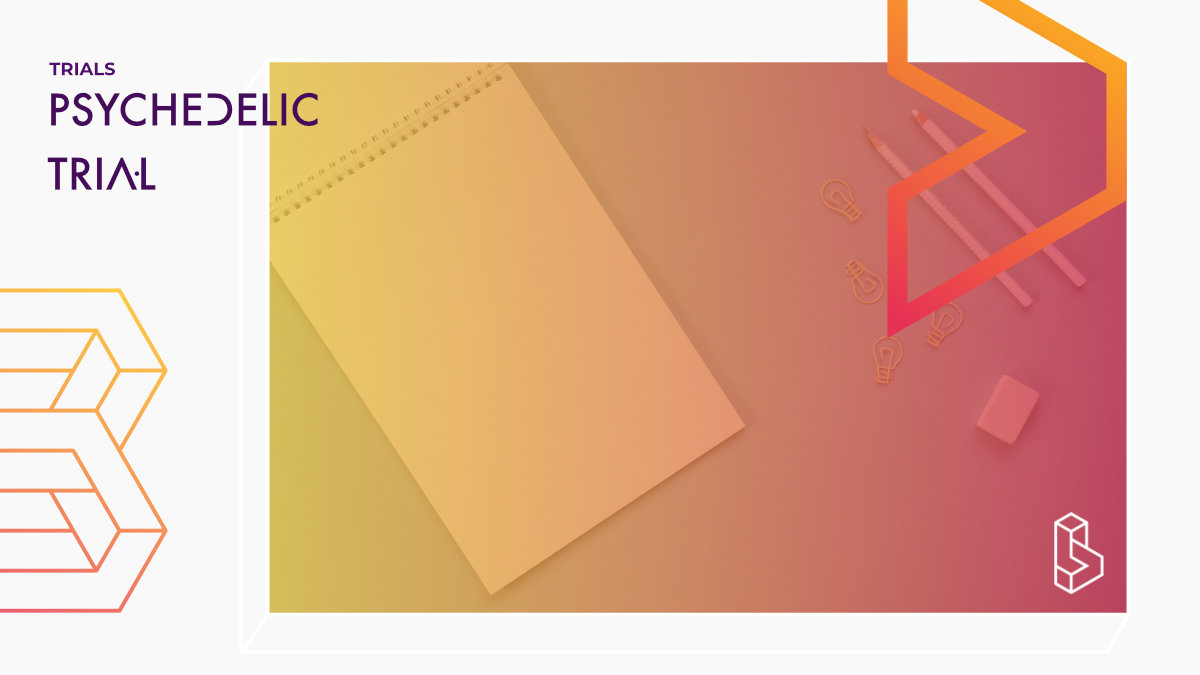The primary goal of the project is to study the effect of Ketamine on cortical neurophysiological function in TRD patients. The proposal employs robust and non-invasive neurophysiological techniques TMS and EEG to investigate the cortical excitability and oscillatory activity in patients with treatment resistant depression.
Compound Ketamine
Country United States of America
Visit trial
Trial Details
Trial Number
Sponsors & Collaborators
The University of Texas Health Science CenterThis company doesn't have a full profile yet, it is linked to a clinical trial.
Measures Used
Montgomery-Asberg Depression Rating ScaleA ten-item diagnostic questionnaire used to measure the severity of depressive symptoms in patients with mood disorders.

